Search the Special Collections and Archives Portal
Search Results
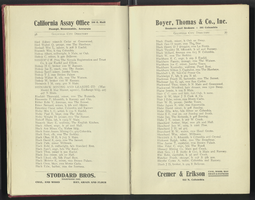
sod2021-076-021
Text
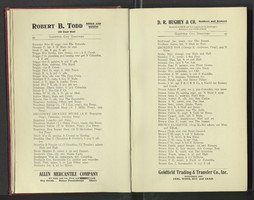
sod2021-076-024
Text
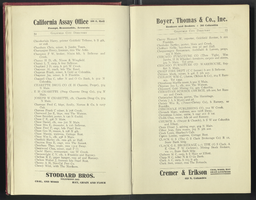
sod2021-076-029
Text
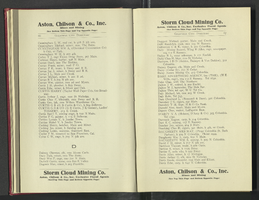
sod2021-076-036
Text

sod2021-076-039
Text
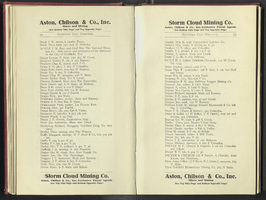
sod2021-076-040
Text
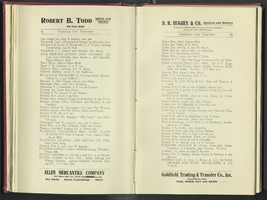
sod2021-076-045
Text
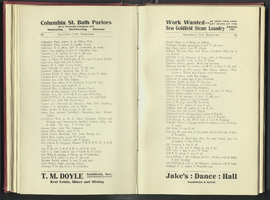
sod2021-076-047
Text
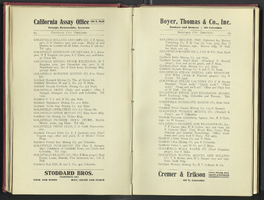
sod2021-076-050
Text

sod2021-076-061
Text
Pagination
Refine my results
Content Type
Creator or Contributor
Subject
Archival Collection
Digital Project
Resource Type
Year
Material Type
Place
Language
Records Classification
